Youth empowerment through quality education and sport
The project aims to provide full scholarships to 35 low income students, over five years, at the LEAD Monrovia Football Academy. Scholars are student-athletes who demonstrate leadership ability in the classroom and on the pitch, excel academically, participate regularly in community service, and embody LEAD MFA’s core values daily. Students live on-site, with breakfast and academic classes in the morning, lunch in the early-afternoon, football training and life skills in the late-afternoon, and dinner and study hall in the evenings. These activities will enable 35 future leaders to develop leadership, academic, and football skills. The project also aims to provide a safe, comfortable, and healthy learning environment, thanks to the provision of personal and menstrual hygiene products, for 100 young female leaders. It also includes establishing and maintaining a sustainable, environmentally friendly water supply system, in the form of a rainwater harvesting catchment system, at LEAD MFA’s campus.
LEAD MFA is a registered International NGO in the USA and Liberia. Its mission is to support talented youth with academic classes, football training, and life skills lessons to improve academic performance, break down gender barriers, and prepare students to lead positive change in Liberia.
News
Four new projects approved in March 2021
1 June 2021
The Addax and Oryx Foundation granted funding for four new projects at its March Board meeting.Education through sports
7 July 2022
The first year of the project aiming to provide full scholarships to 35 low income students, over five years, at the LEAD Monrovia Football Academy has come to an end.
Testimonials
Meet Victoria
Meet Victoria, one of the 35 students we're offering a full scholarship to the LEAD Monrovia Football Academy!Meet Massa
Meet Massa, one of the 35 students we're offering a full scholarship to the LEAD Monrovia Football Academy!Meet Prince
Meet Prince, one of the 35 students we're offering a full scholarship to the LEAD Monrovia Football Academy!Meet Marc
Meet Marc, one of the 35 students we're offering a full scholarship to, at the LEAD Monrovia Football Academy!Type
Education / EnvironmentDuration
June 2021 - May 2026Location
Monrovia / LiberiaWith whom
LEAD MFA
Website

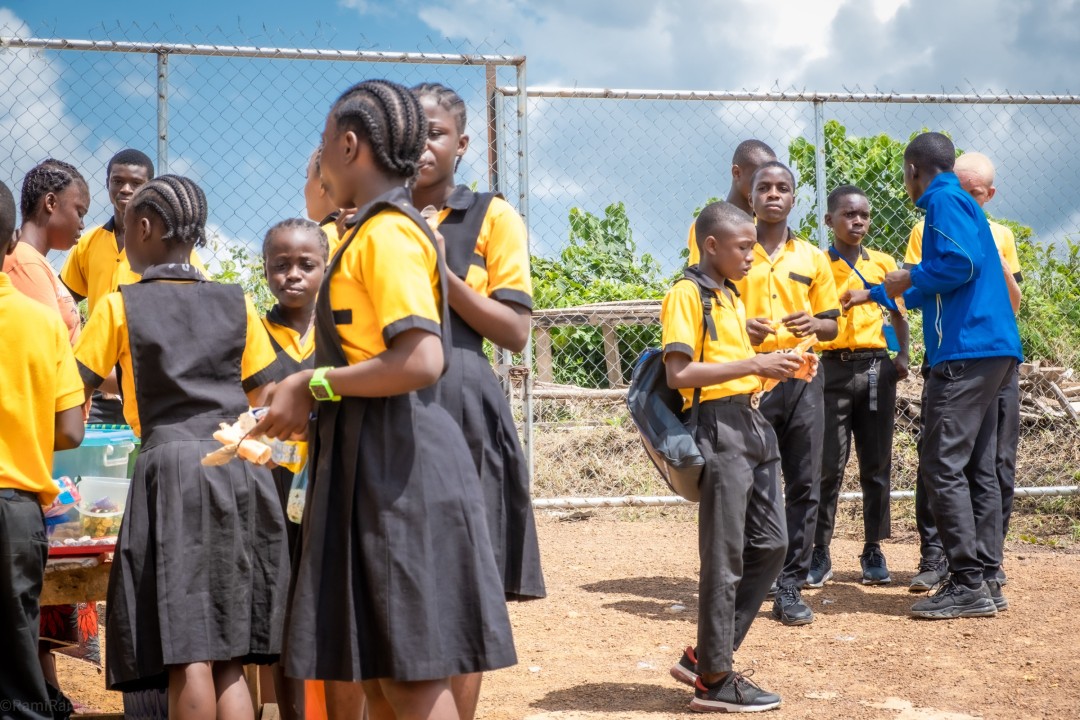
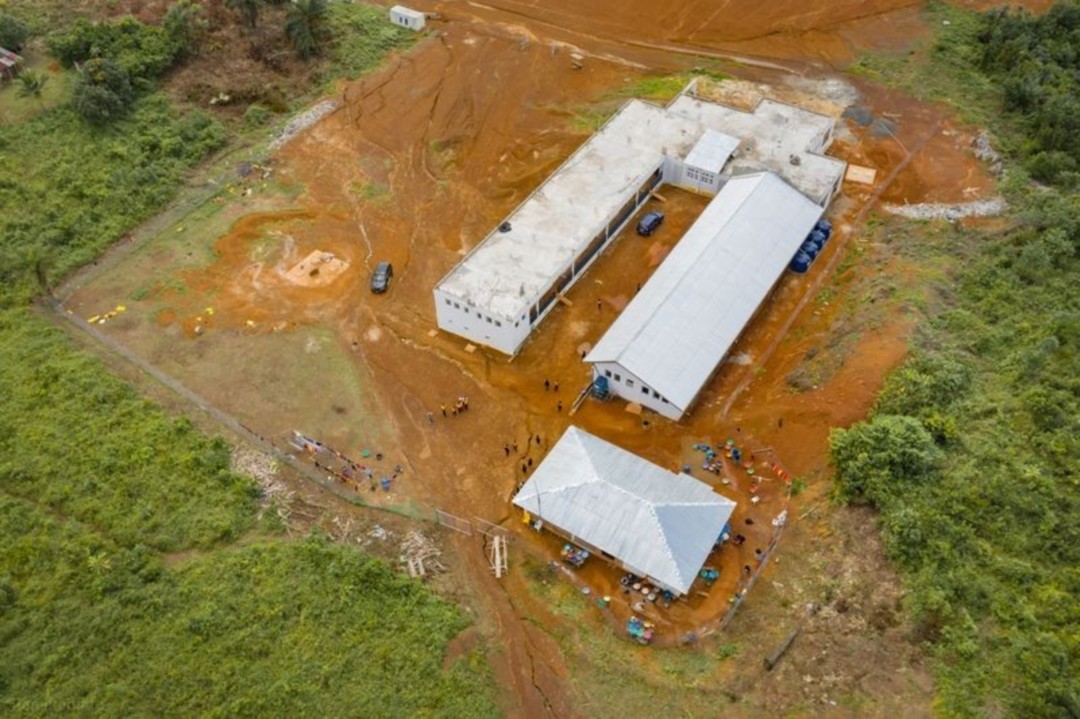
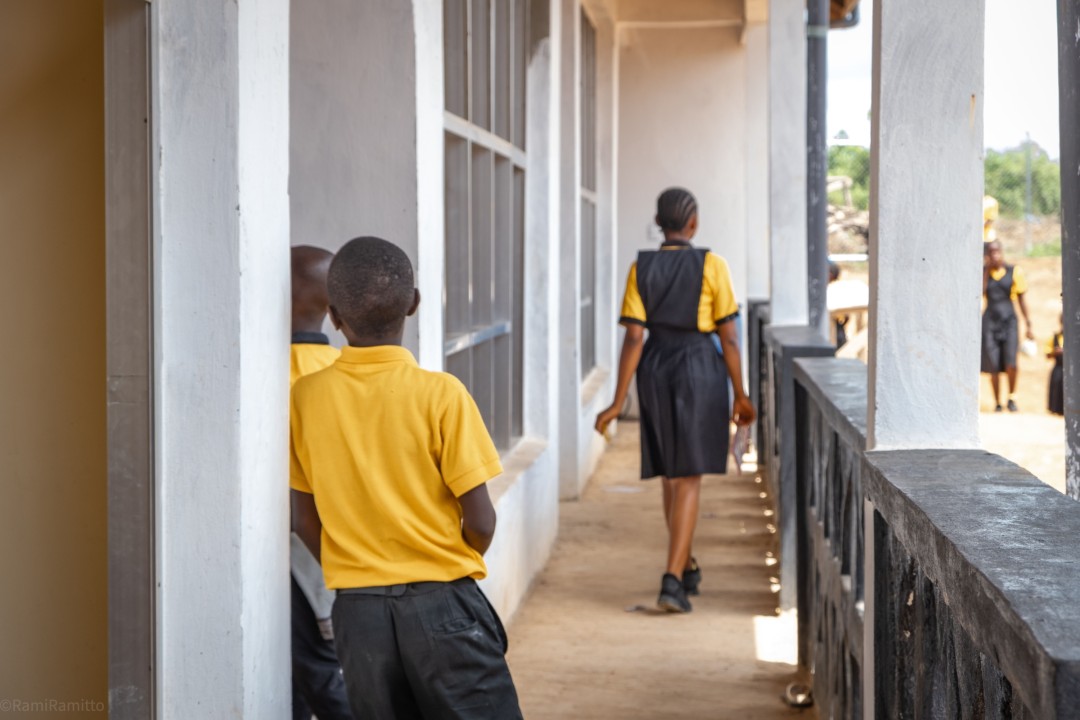
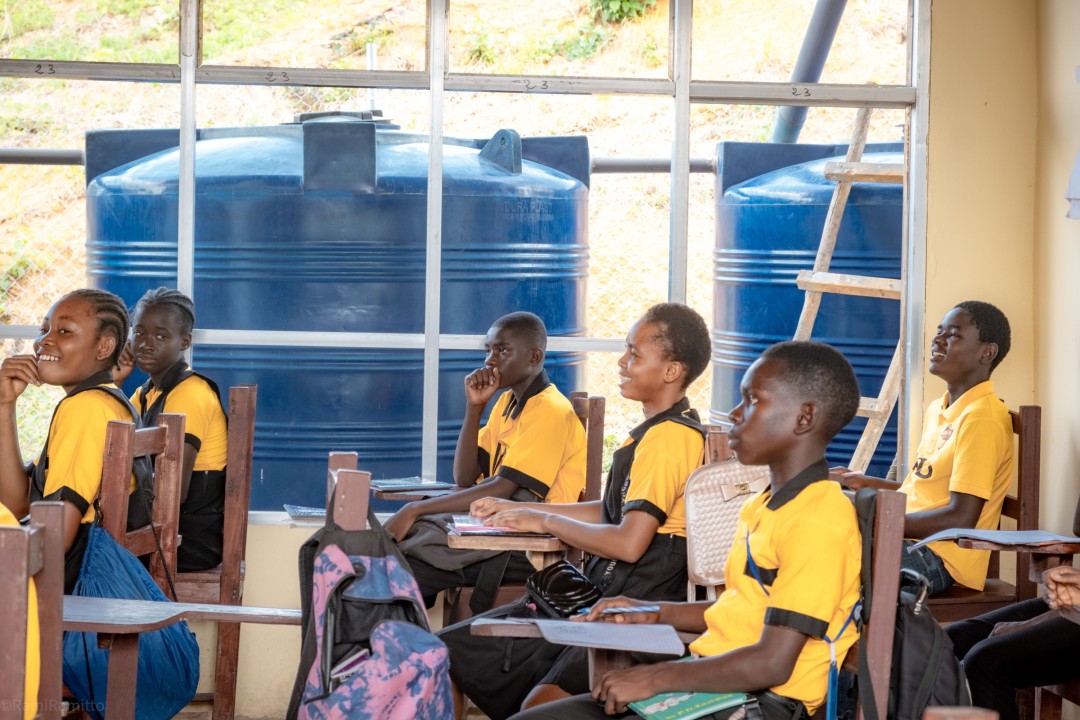
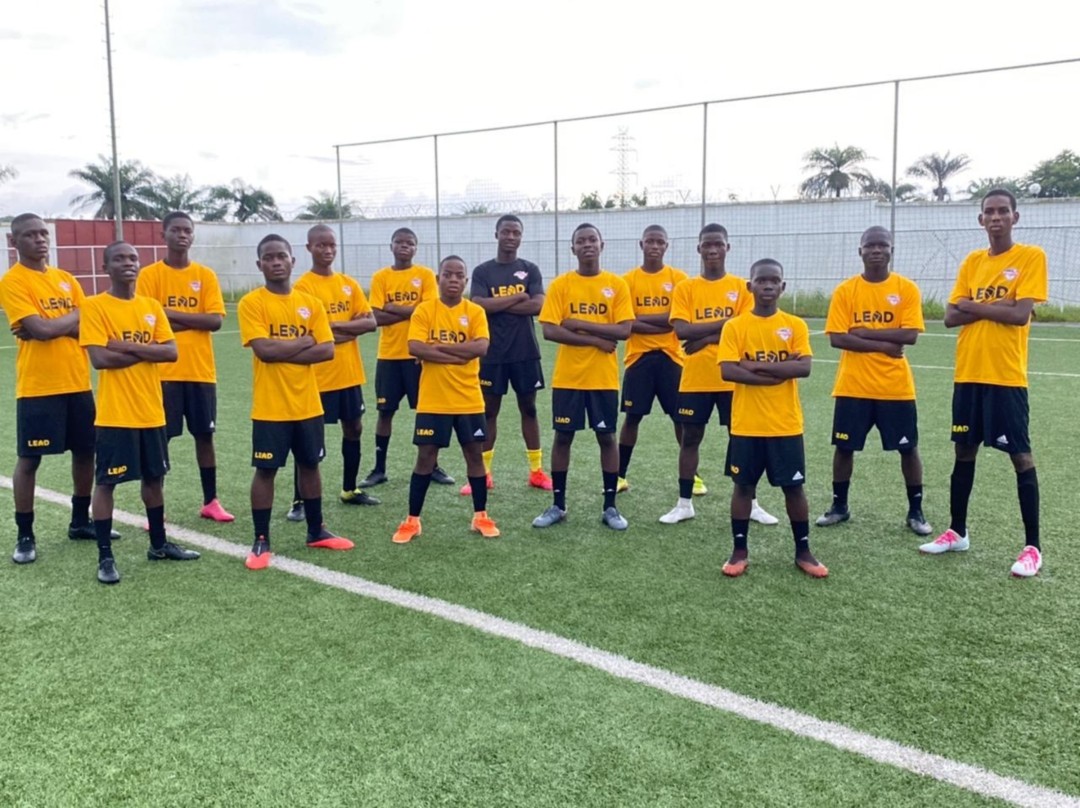
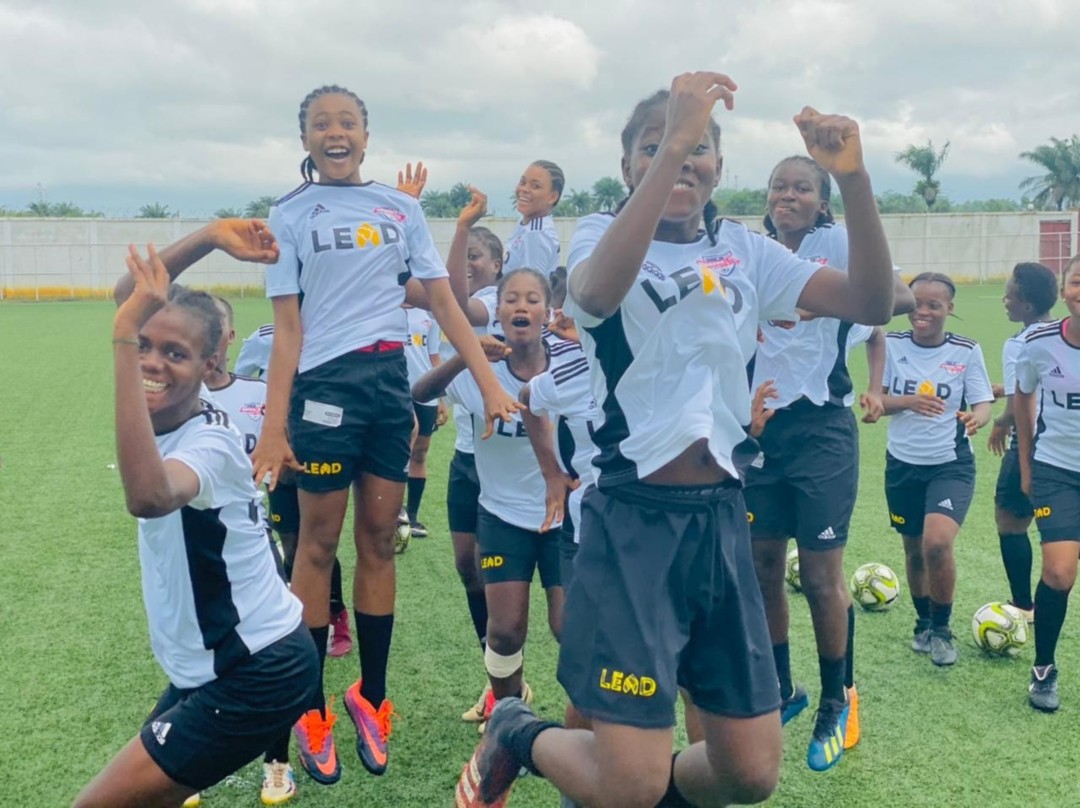
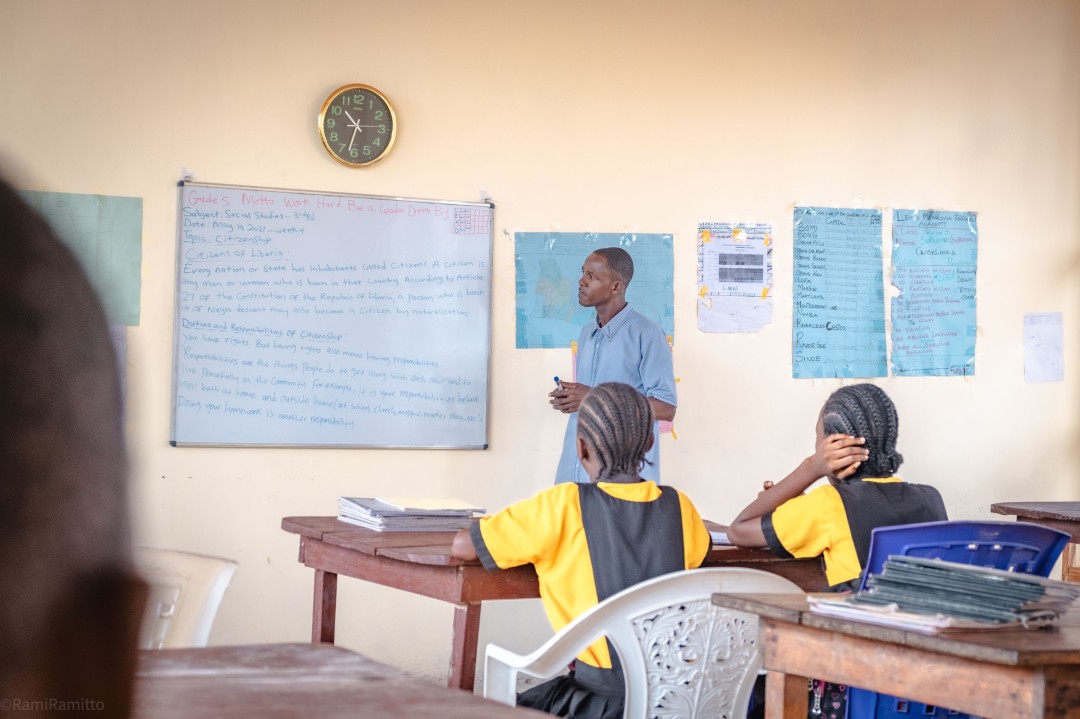
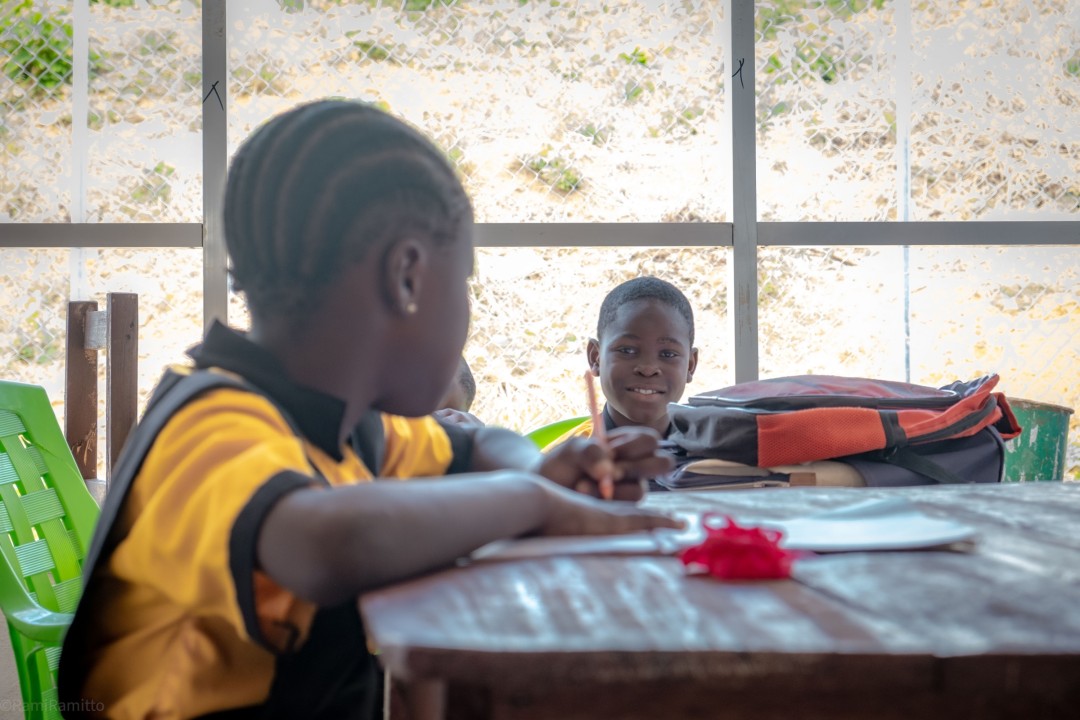
Liberia
Population
5 million (2016)
Per Capita Income
USD 580/year (2019)
Poverty rate *
50.9% (2016)
Literacy rate
48% (2017)
Human Development Index
175th out of 189 countries (2017)
Liberia was one of the hardest-hit countries by Ebola in 2014, the virus severely impacting health systems and devastating the economy. Despite its abundant, largely untapped, natural wealth and favorable geographic location, Liberia is among the world’s poorest countries. The country is currently facing a series of endogenous shocks, further exacerbated by the impact of Covid-19, and that are largely driven by currency depreciation declining external assistance, weak domestic revenue generation, and limited expenditure adjustments. Food insecurity is widespread with an estimated 1.6 million people moderately or severely food insecure. 63% of the population, with women being more affected, are multidimensional poor, 30% of children under five are stunted and 3% are acutely malnourished. While poor households are heavily concentrated in rural areas, urban poverty also poses a significant challenge. Regional and urban-rural disparities in poverty rates widened in the wake of the Ebola crisis and the collapse of global commodity prices.
Sources: World Food Program, UNICEF, World Bank, 2016 Human Development Report, Human Development Indices and Indicators (2018 Statistical Update)
*The percentage of the population living below the national poverty line.